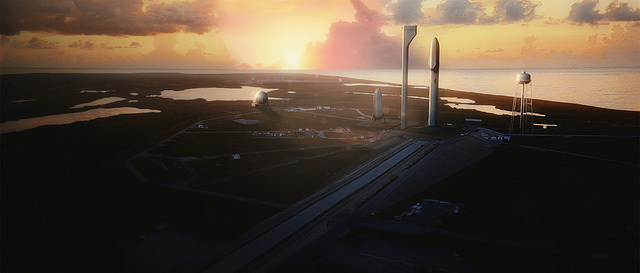
In contrast to the horrible news mentioned yesterday from Venezuela, consider the the amazing news from the open frontier of energy production. The benefits produced by fracking just don’t seem to stop.
9/23 – The Million Dollar Way –Update On The Bakkan – Lynn Helms – A few highlights in the article from a radio interview I found particularly fascinating:
- Production in North Dakota will drop below 1M bopd but Mr. Helms does not expected to go below 900K bopd.
- Initial production rates had been 1100 bopd but are now running 1500 bopd.
- Estimated Ultimate Recovery amounts have increased one-fourth.
- There are somewhere between 8000 and 8500 wells that are good candidates for refracking because they are initially drilled with old technology.
- This is astounding – a drilling rig today drills an average of 25 wells in a year compared to only 8 or 9 wells as recently as 2009. Imagine the improved IRR.
- Drilling efficiencies have come from multi-well pads, new technology for bits, new technology promoters, and new technology for mud. Ponder the impact of technology.

9/23 – The Million Dollar Way – FAQ: How Much Oil Can One Reasonably Expect That A Bakken Well Will Produce Over The Lifetime Of That Well? – Astounding information.














